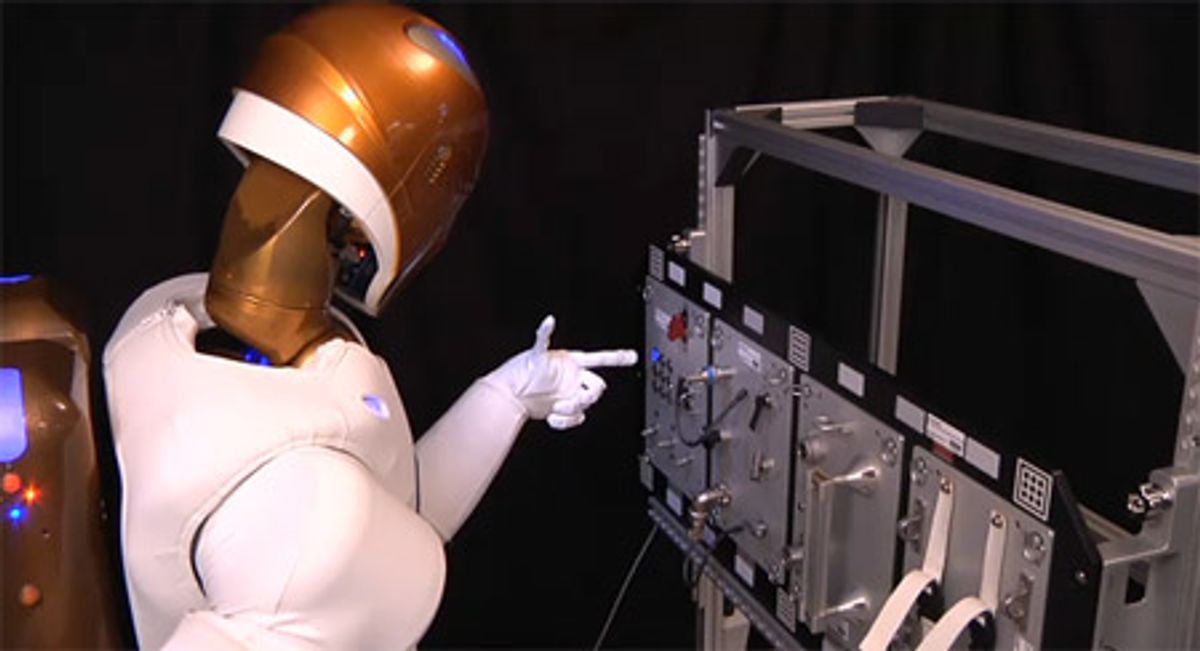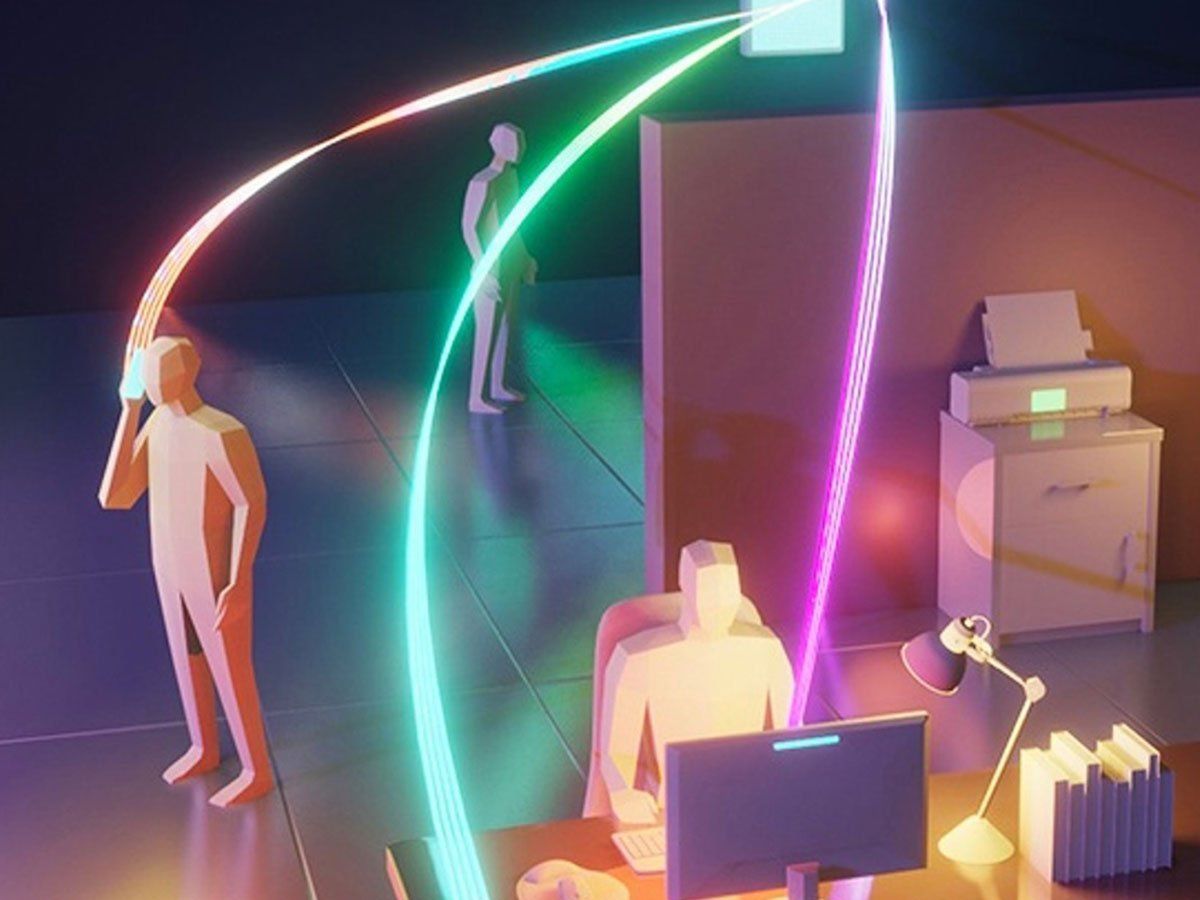Robonaut 2 has been up on the International Space Station for, geez, like a year now, and it's only over the last few days that he's really gotten to wake up, stretch out, and get to work. What work is that? Well, it's not hand-to-hand combat with invading aliens. Not yet, anyway.
If you missed Robonaut's checkout, here's a video of the whole thing, but I'll go ahead and spoil it all by letting you know that it's predominantly a range of motion test to make sure that all of Robonaut's motors and joints were working properly, and aside from some fabric binding around the elbows, the robot checked out a-okay.
The other purpose to the motion tests was to try and figure out how Robotnaut's movements change in zero g as opposed to 1 g (1 g is equal to the force of gravity on the Earth's surface): his limbs all still have mass, of course, but since they don't weigh anything, calibrations are going to be necessary to make sure that the bot retains all of that manual dexterity he's so well known for.
So, what's next? Well, it's great news that Robonaut can move his limbs, but it's going to take some practice before he's able to make a meaningful contribution to the crew by reducing their workload. Practice is what Robonaut is going to start doing next, using a taskboard where he can press buttons, flip switches, and use tools without risking accidental thruster firings, unexpected decompression, or arming of the railgun turrets or laser cannons:
Taskboard manipulation is not the most exciting of jobs, but it's an important first step in being able to let the robot perform autonomous tasks safely and reliably.
Via [ NASA ]
Evan Ackerman is a senior editor at IEEE Spectrum. Since 2007, he has written over 6,000 articles on robotics and technology. He has a degree in Martian geology and is excellent at playing bagpipes.



